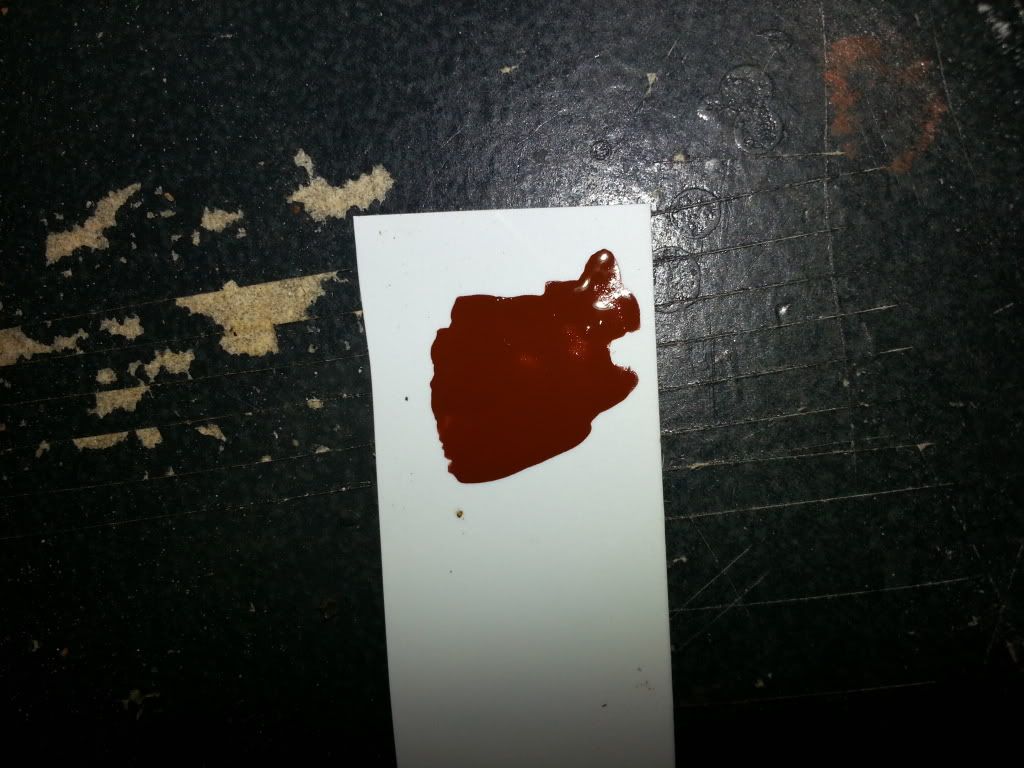Once upon a time, I mentioned I would post a technique I learned using baking soda to simulate cast exhaust on aircraft. Well, I finally decided it was time to post it. Between my surgery, recovery, re-hab, etc... it took a bit, but here we go. This is probably one of the simplest techniques, yet yields some fantastic results. My "specimen du jour" will be the exhaust of a Spitfire MkIX that I've been rebuilding since I wasn't happy with my initial work.

Here you see most of the original paint has been stripped off, and it's ready for work.

I used a scrap of styrene in order to show the concept easier, but basically, mix or select the color you want to use as a base. I prefer Model Master Raw Sienna. As I'll show later, it weathers nicely.

Here's the hard part. While the paint is still wet, sprinkle baking soda on it. After it dries, paint over it again with your base.

Once done, it should look similar to this. Of course, I still have to weather it, but you can see the texture the baking soda leaves in the paint, simulating a cast iron look.

As you can see, I've done some weathering using black chalk and Mig Dark Rust pigment. I've still got a little more to do, but that's the basic idea. I've seen this same technique used with success to simulate cast parts on armor as well. I use it mostly for exhaust, especially exposed systems, such as aircraft and tanks.
Hope this helps!